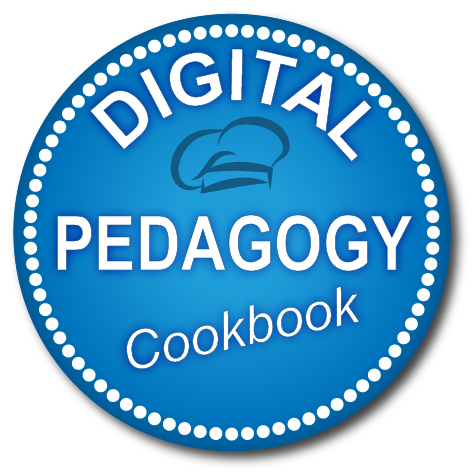DigCompEdu Competence area
Progression Level
Minimum digital skills level of Students
Minimum digital skills level of Educators
Learning/Teaching situation
Software applications come to serve an effective way of both teaching & learning.
Target group
Teachers who want to prepare tutorials and other learning resources for software applications.
Ingredients
- PC/laptop/smartphone/iPad
- Internet access or Popplet
Description
Mind mapping is a fantastic way of laying out / visualizing content creation to the needs of your users or the goals, tools to help you organize, summarize and visualize information.
One can make mind maps both by hand and but in today’s context there are various digital mind mapping tools to help individual/ teams organize, summarize and visualize information.
How to do it (step by step)
Step 1
Download a software or explore its options before introducing it to other users. Get informed about how to give access to individuals if the task planned will be a group activity.
Procedure:
Selecting digital resources for creating content to share – A2
Mind mapping is a creative way of summarizing material, and selecting all the important details. Aa a tool MindMapping is perfect for visually curating ideas and brainstorming. With digital mind mapping Users can create presentations, content for websites, blogs include categories and summarize content with keywords. Options for as upload text, videos, images and draw on your canvas. Some apps like (Popoplet) allow for multiple devices to connect on the same project.
Learning situation – Digital MindMapping to summarize teaching material
Plan your mind mapping content Design- consider the layout, theme, procedures and learning outcomes. This includes content and colors or visual attributes of the digital MindMap.
Consider an effective tool for distribution – Define media and technology- tool or platform to support vision for training (e.g. hosting platform interface in which students like Moodle or Joomla).
Step 2
Creating and modifying digital resources
Develop methods to create added value– During the lesson preparation consider more human interactive parts like parts encouraging discussion. Mind Mapping can also be used as a collaborative tool where students can work tin groups or individually and to forge topic links.
Considers possible restrictions to use the digital resources related to technical requirements
Accessibility and suitability –Preparing all the content before and sharing all the new developments after course.
Consider accessibility of student to computer resources or facilities- Insure access to computer in the classroom and overhead projector or other methods of viewing such as smartphones or laptops.
Step 3
Managing, Protecting and sharing
Take measures to protect sensitive data and resources– Learning material should be checked for copy right infringement laws especially theorist ideas/ images to be to be distributed on learning platform.

